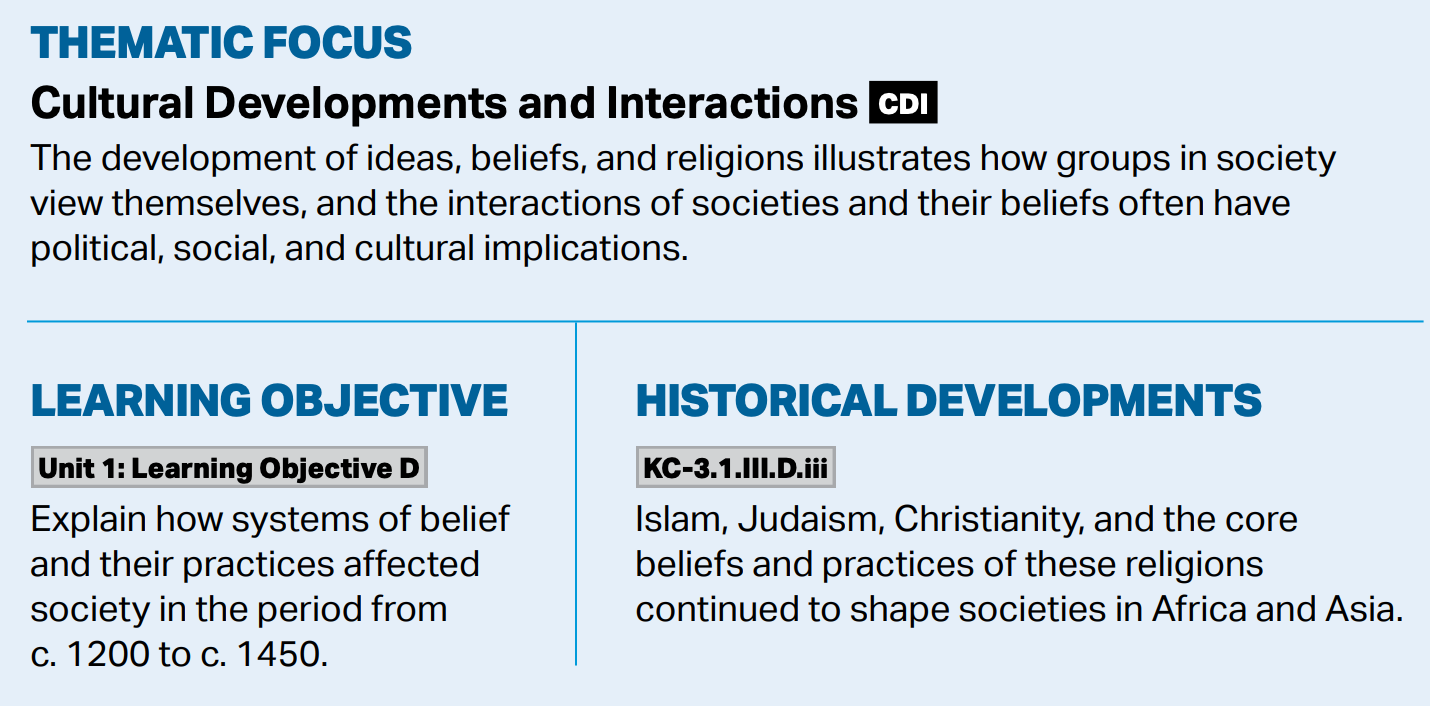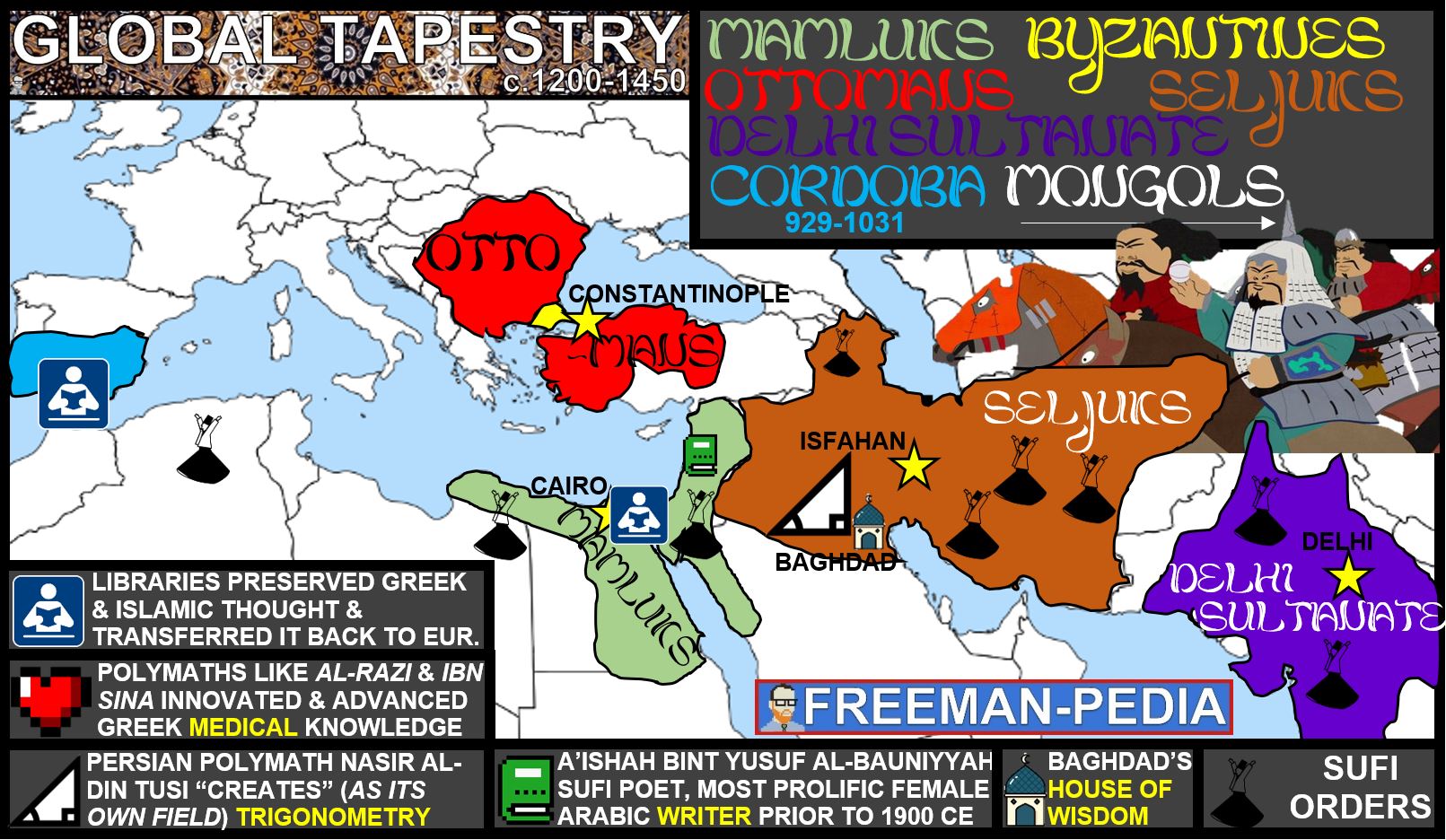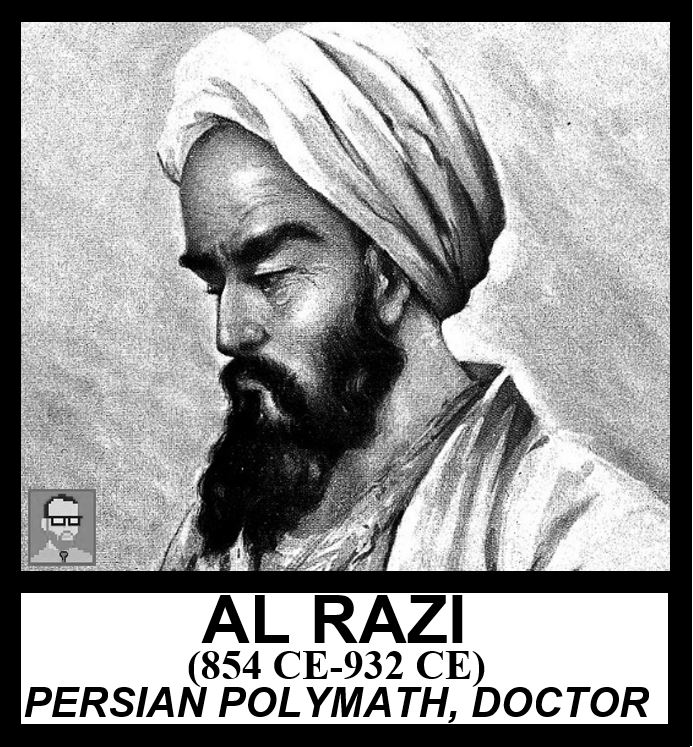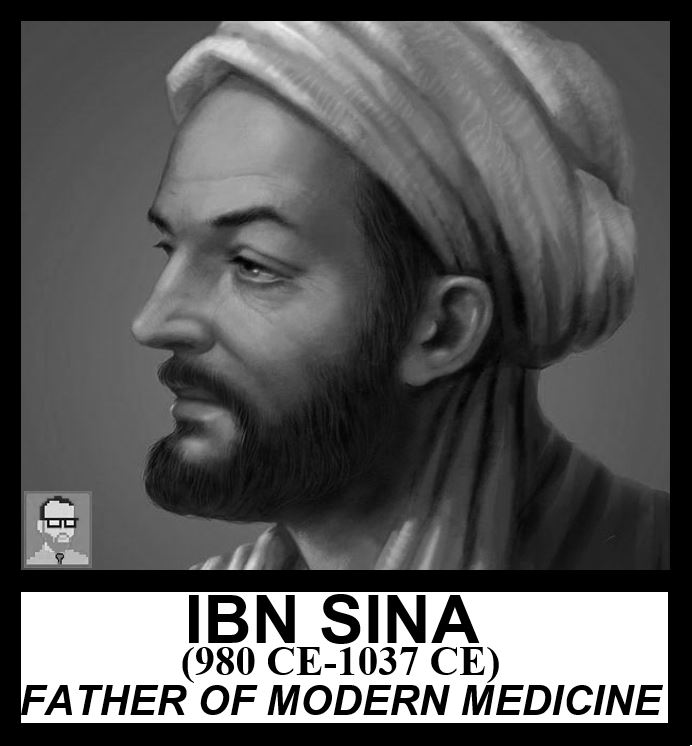The Global Tapestry (1200-1450) period also finds the Islamic world in the midst of a massive transition. The glory days of the Caliphates are behind us now and the once great Abbasids have fractured into many different groups (often dominated by the new, rising force in Islam: The Turks). Dar al-Islam literally means ‘House of Islam’, or basically the parts of the world where Islam is a dominant force. The New Kids on the Block are the Ottomans (who will dominate the next two periods in World History), the Seljuk Turks and the Mamluks. Like most of earth in this period, Dar al-Islam had to deal with the Mongols. The Mongols were seen, at the time, as the end of the Islamic World. This led to the Ilkhanate that only lasted for a century or so. In the next period, this area will be the realm of the Land Based Empires of the Ottomans, Safavids, and Mughals. With all of the political disarray, the Islamic World continued to be at the forefront of science, technology, and culture.
THE MAMLUK SULTANATE from ME!
#DOZENDATES to KNOW for AP WORLD: 1258
ISLAM (from CRASH COURSE World History)
ISLAMIC SCIENCE from CRASH COURSE
SUFISM (from Oprah?!?)
SUFI WHIRLING DERVISHES (from Turkey via Viking Cruise lines)
WHAT IS A SULTANATE?
HOUSE OF WISDOM (narrarated by Ben Kingsley… that’s right… Gandhi himself)
HOW COPERNICUS COPIED NASIR AL TUSI (quick clip from the BBC)
IBN KHALDUN: THE FATHER OF MODERN ECONOMICS?!?




























